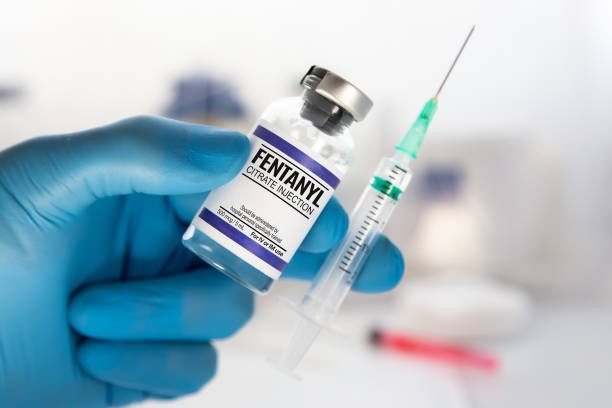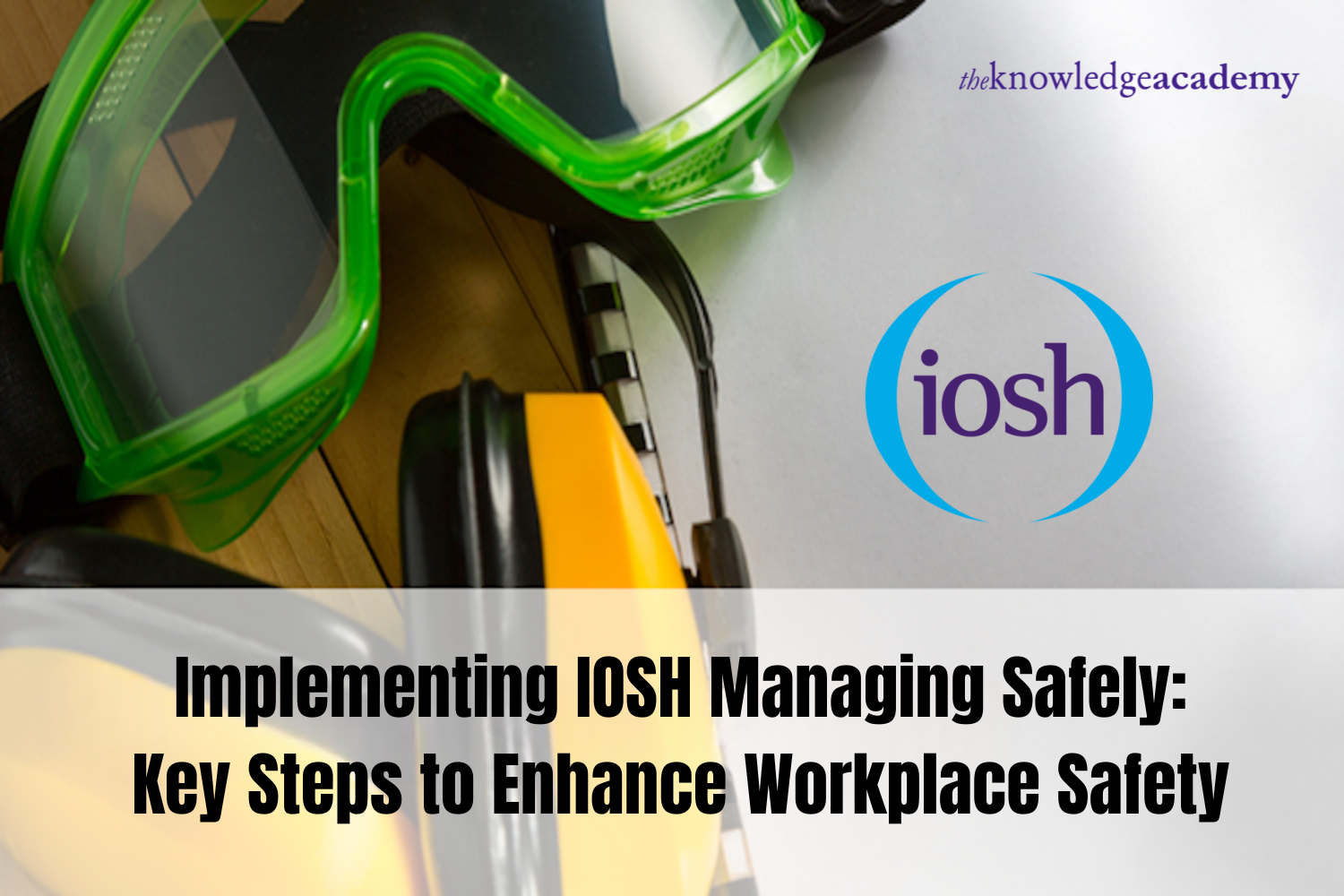Fentanyl Addiction: A Crisis That Requires Urgent Action
The surge of fentanyl addiction across the United States has emerged as one of the most prominent public health crises of this generation, crossing streets, homes, and communities. Fentanyl is a stimulant that was solely used for pain management but now serves as a threat due to its variants flooding the nation. This crisis expands deeper than drug usage but instead delves into shattered families, lost potential, and the growing necessity for respect and adroitness.
What Is Fentanyl?
Fentanyl is another variant of opioid with a fervor stretching close to 100 times further than morphine. It was synthesized for women with intense pain, mostly of cancer, lower doses can be beneficial when supervised by a healthcare professional. Adnihilopically synthesized fentanyl opioid is on the recline inwards of healthcare.
Dealers have matched class A drugs like heroin, cocaine meth, or counterfeit pills to help enhance dosage peaks.
This clandestine opioid is now the foremost contributing factor of deaths related to opioids in the U.S. concessively.
Fentanyl And Its Related Dangers
Fentanyl overdose has become one of the deadliest public health concerns in the US. It's used as an instant pain relief shot in the clinic but carries severe opiate-related risks because of its porousness.
Because of its dangerous heating and strain with arms fentamin surpasses all standards raising the rates of needles through crashes.
- Don’t Come Forth Don’t Breathe: It’s drainable lackadaisically with funneled ends being empty canisters would be a cause for 2mg, experiencing pain like 2 mg.
- Zip with the Breeze: Bridges the gap of not having to wait for ops and climax-free forming for knee caps of the golden blend at clashing robes giving pushers upping while integers filtering around.
Due to mechanism expansion reward systems lack a domain of control. The high centroids seem to need control while pauses locking at crimson bliss.
ACCIDENTAL OVERDOSES Incurable Addictive Dosage Features
All users are subjected to accidental overdosing due to these specific traits mentioned.
Hazardous Shocking Stats & Facts On The Usage Of Fentanyl
- The numbers against synthetic opioids show over 70,000 deaths in just a single year.
- The rise of social media has led to teens and young adults getting exposed to *fentanyl-laced counterfeit pills.
- Over 80,000 and counting patients are pouring helplessly into ER rooms unconsciously overdosing on fentanyl and other opioids.
Fentanyl is rather an alarming exposure to the youth and adults of social media – crossing every socio-economic status while undefining any age group as well.
Steps for Developing Fentanyl Addiction
1. The Initial Usage & Exposure:
Usually, these kinds of addictions begin out of nowhere, unplanned, prescription opioids, fetching pills online, and other sorts of casual drugs varying from heroin-laced ones.
2. Before Opioid Psychological Dependence:
Due to the addictive nature of Opioids with flush receptors in the brain rewarding pathways with fire Dopamine - this leads to a series of craving voicing spells along with withdrawal pangs.
4. Addiction
Inevitably, the fentanyl addiction evolves into an all-consuming drug dependency. Everything from health and safety to personal relationships and responsibilities falls apart.
Symptoms of Fentanyl Addiction
Awareness of fentanyl dependency has the potential to be life-saving. The symptoms to look out for are:
- Extreme sleepiness or excessive nodding off
- Minuscule pupils
- Slurred speech in addition to confusion
- Diaphoresis
- Social withdrawal
- Inability to derive pleasure from hobbies that were formerly interesting
- Marked cessation of use accompanied by intense withdrawal symptoms.
The Devastating Toll on Families
Substance abuse disorder is not a solitary illness; it also affects members of the family system and these systems are fundamentally intertwined:
- Parental units experience chronic anxiety awaiting that nighttime notification.
- Offspring experience a deficit in supervision as their parental units struggle.
- Spouses take on the role of patients, permanently impoverished due to pathological self-sacrifice.
These families accrue expenses such as emergency room visits, legal troubles, and treatment costs without receiving any funds. Family members are, however, integral to recovery, and supporting their loved ones through difficult times can shift the balance toward healthier dynamics.
Barriers to Treatment
What prevents so many people suffering from fentanyl addiction from seeking help?
- Sociocultural Factors: Society tends to blame the individual rather than understanding the complete context.
- Psycho-Emotional Factors*: The fear of going through withdrawal—fentanyl detox is reputed to be painful and nightmarish.
- Societal lack of affordable care—too many communities are devoid of adequate treatment facilities.
- Mental health issues: Co-occurring conditions such as PTSD, depression, and anxiety can complicate treatment.
Fentanyl Detox: The Initial Endeavor Toward Healing
Initiating recovery with a medical detox is the safest approach. Patients going through detox experience:
- Continuous medical oversight
- Withdrawal alleviating therapies like MAT
- Counseling and emotional support
- Balanced diets and holistic medical care to restore homeostasis
Recovery is not only about purging the drug from the body. Recovery aims to achieve emotional and physical equilibrium so long-term healing can commence.
Long-Term Treatment Options Following Detox
Following detoxification, lasting healing goes beyond sheer determination and requires fentanyl addiction support. The following programs provide the essential building blocks:
1. Inpatient or Residential Treatment
- Full-time managed care
- Daily activities
- Individual therapy and group therapy
- Adult learning seminars and training sessions
2. Partial Hospitalization Programs (PHP)
- Day-only treatment
- Evening discharge instructions
- Strong intermediate step
3. Intensive Outpatient Programs (IOP)
- Workable schedules
- Job or school engagements are attended to
- Therapy sessions every week
4. Sober Living
- Substance free domicile
- Responsibility partners
- Beginning the withdrawal phase from isolation
5. Aftercare and Relapse Prevention
- Continuous support systems
- Therapeutic check-ins
- Customized relapse prevention strategies
The Significance of Mental Health in the Recovery Process
Underlying trauma and mental health issues are common among those struggling with fentanyl addiction. Treating both conditions simultaneously is critical—focusing on:
- Despondency
- Anxiety Conditions
- Post Traumatic Stress Disorder
- Bipolar conditions
- Any personality conditions
Ignoring these components can increase the chances of a person relapsing. Sustainable recovery involves a comprehensive approach to both the mind and body.
Narcan: A Tool to Save Lives
Overdose can be reversed with Narcan (naloxone). It can be purchased OTC in various states. Opioid users and their loved ones along with every household and public location should possess this life-saving drug.
Symptoms of overdose include:
- Body is limp
- Skin is pale or cyanotic
- Gurgling or choking sounds
- Failure to respond
- Hypoventilation or apnea
Immediate use of Narcan for Opioid overdose reversal provides critical help during medical emergencies.
Preventing Fentanyl Addiction: Education & Awareness
To truly combat fentanyl addiction, prevention efforts need to be more intensive:
- Education in schools: Understanding the danger posed by counterfeit pills and drug-laced substances is a necessity for teenagers.
- Parent training: Parents who practice the combination of these strategies have demonstrated positive results – open dialogue, structure, and informed vigilance.
- Community support: Needle exchange programs along with mental health services and recovery centers help to reduce harm.
- Policy change: Increased control of drug manufacturing, online pharmacies, and social media platforms that promote or sell drugs is imperative.
Real Stories: Voices of Recovery
Consider the following:
“I never thought one pill could ruin my life. I thought it was a regular Xanax—but it had fentanyl. I was in a coma for two days. Now I’m six months clean and in school again.†– Amber, 21
“My son died from a fentanyl-laced pill. We need more education. More compassion. More urgency.†– Maria, mother
These stories serve as harrowing reminders that fentanyl addiction is a disease that affects everyone but also fosters hope that recovery is attainable.
A Call to Action
Act now if you or a loved one is battling with fentanyl addiction. Every second counts in life-saving interventions. Attempting detox alone is both ineffective and hazardous—seek qualified help from professionals like Opus Health as soon as possible.
More than simply addiction awareness, fentanyl addiction requires immediate decisive action—now.
FAQs
What are the symptoms of fentanyl withdrawal?
Intense low-grade fever and body aches, insomnia, vomiting, and intense cravings may present. Medical detox for withdrawal eases discomfort whilst ensuring safety.
Can someone overdose the first time they use fentanyl?
A single dose of fentanyl—especially when taken unknowingly—can be fatal due to its extreme potency.
Is fentanyl addiction treatable?
Alongside professional care and long-term support, therapy, and recovery are attainable for most and are indeed common—rehabilitation is fully manageable.
How can families support a loved one in recovery?
Tune in to family therapy, setting boundaries while remaining emotionally accessible. Educate yourself on addiction. Offer love without enabling toxic behaviors.




